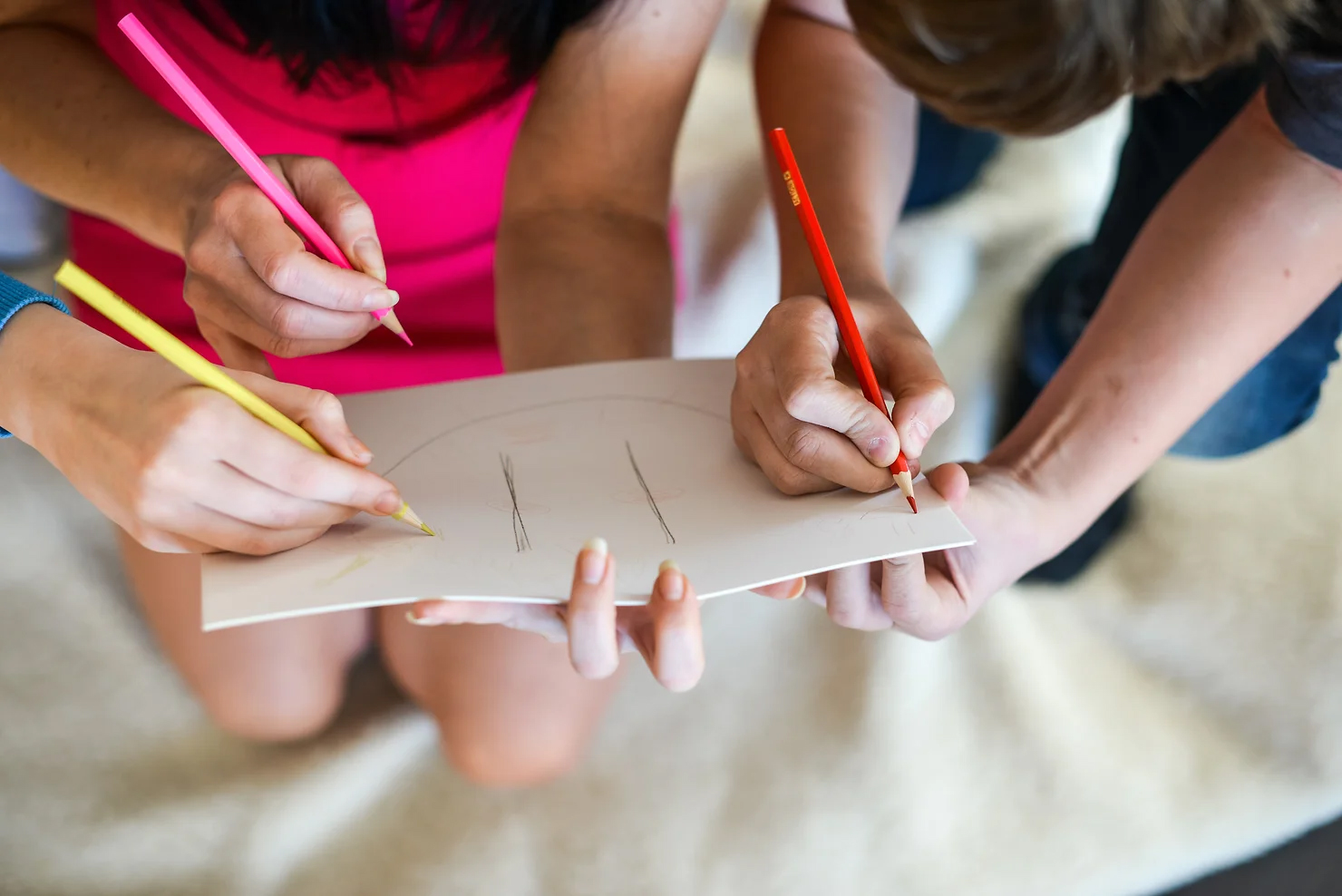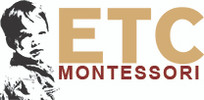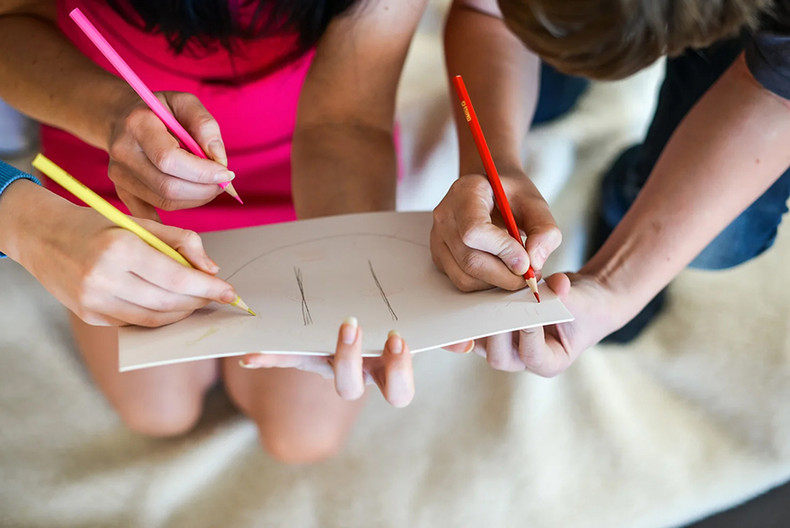
Part II
Previously, I examined current content and process standards of the mathematical curriculum in relationship to the Montessori lessons. It is my opinion that the process standards, while often utilized in other curriculum areas, are rarely applied to the classic Montessori math curriculum. It seems that we are satisfied to show children how to complete the process, but not to delve into the higher-level application and communication of those processes.
The Five Content Standards:
- Numbers and Operations
- Algebra
- Geometry
- Measurement
- Data Analysis and Probability
The Five Process Standards:
- Problem Solving
- Reasoning and Proof
- Communications
- Connections
- Representations
Granted, when I was trained in Montessori elementary, the curriculum was highly advanced compared to the content presented in more traditional text books. Just as the implementation of common core standards required a review of the math standards previously taught, I think it is time to review the content of our curriculum and make sure that we are providing experiences to children so they meet today’s standards of mathematical facility. Please recognize that I am not suggesting changing the pedagogy of the content, just an update of what is presented. To be fluent in mathematical concepts today means that not only are elementary children expected to be competent in the four operations with whole numbers, decimals, and fractions, but also in four other content areas.
In the classic geometry curriculum, the focus of the lower elementary lessons is to identify the types of and parts of different figures. In their presentation, the stories are appealing and provide engagement for the children. The child’s own follow up activities may not provide as much attention, if simple repetition of the nomenclature is the expected norm! The genius of the geometry curriculum is presented in the upper elementary sequence. The development of logical thinking is presented with the Constructive Triangles and moves from concrete to abstract, scaffolding children’s understanding of “if, then” thought processes. This sensorial work allows more advanced work through the rest of the geometry series as well as in the language, history, and science sequences which require advanced skills in inference, cause and effect, and analysis.
In order to support the type of thinking presented in the geometry area, data analysis is a perfect partner. Examining data with a critical eye is particularly important in the 21st Century and should be a part of our everyday teaching. The essential idea of graphing is to present complex information in brief, pictorial form. Our children should be asked to gather data routinely, whether it is a survey of their classmates, data from a science experiment, or looking for trends in weather. Sharing this information in graphic form is a way of communicating their findings. As students mature through the curriculum, advanced graphs are introduced because understanding that the information presented can persuade individuals one way or another is important. Working with range, mean, median, and mode is a perfect way to introduce statistics and the breakdown of those numbers.
In my own observation of today’s Montessori classrooms, I find several things that I feel need improvement. While I do think it is important to stay current with scientific findings in the biological sciences, I find that the other sciences of physics, chemistry, and ecology often receive only a cursory look. Children must understand that mathematics is used in science; as a matter of fact, math is integral to the scientific process. An example of this would be the beginning science explorations after the First Great Lesson. Measurement should be required to provide more accuracy and precision. We should ask children to measure the substances in the experiment; we should expect them to gather the data from their observations; we should expect them to communicate those findings in graphic form. How else can we cultivate the exactitude, replication, and understanding of variables, if we do not ask our students to measure? In turn, our students are further able to extend their own inquiries if they have detailed mathematical results from previous experiments. After all, isn’t that what scientific experimentation is?
Finally, the development of algebraic thinking is available to our elementary students through the exploration of the Level 2 Bead Games, and the advanced explorations of multiplication of binomials, trinomials, square root, cube root, and operations in different bases. Yet how many teachers believe this is a standard part of the sequence presented to each child? It has been my experience that children need time to become facile with this type of thinking; what better way to provide that time by presenting these sensorial lessons? However, teachers need to understand that working with the appropriate math vocabulary is paramount to understanding these advanced concepts.
Order of operations, working with exponents and negative numbers, and exposing students to linear equations to express the information in word problems, also needs to be included in our upper elementary classrooms. Teachers should share that understanding the work of operations with decimals and fractions is a way to approach algebraic thinking and not a stopping point in the elementary years.
When looking at today’s content standards for mathematical education, it appears to me that the Montessori math curriculum has an excellent pedagogy. Students do learn easily from the concrete materials, and the concrete to abstract, simple to complex format is the best way to learn new concepts. Even if the five content areas carried equal weight (and they do not in current assessment practices), and teachers only present the basic traditional Montessori sequence in elementary, our students are only being taught 40% of the content. It’s time that we provide our students with the appropriate content by today’s standards and not worry whether it is true Montessori. The materials and pedagogy are a way to learn, not the content. Our best practices should reflect this, because after all, the students in our classrooms today will be our leaders tomorrow.

